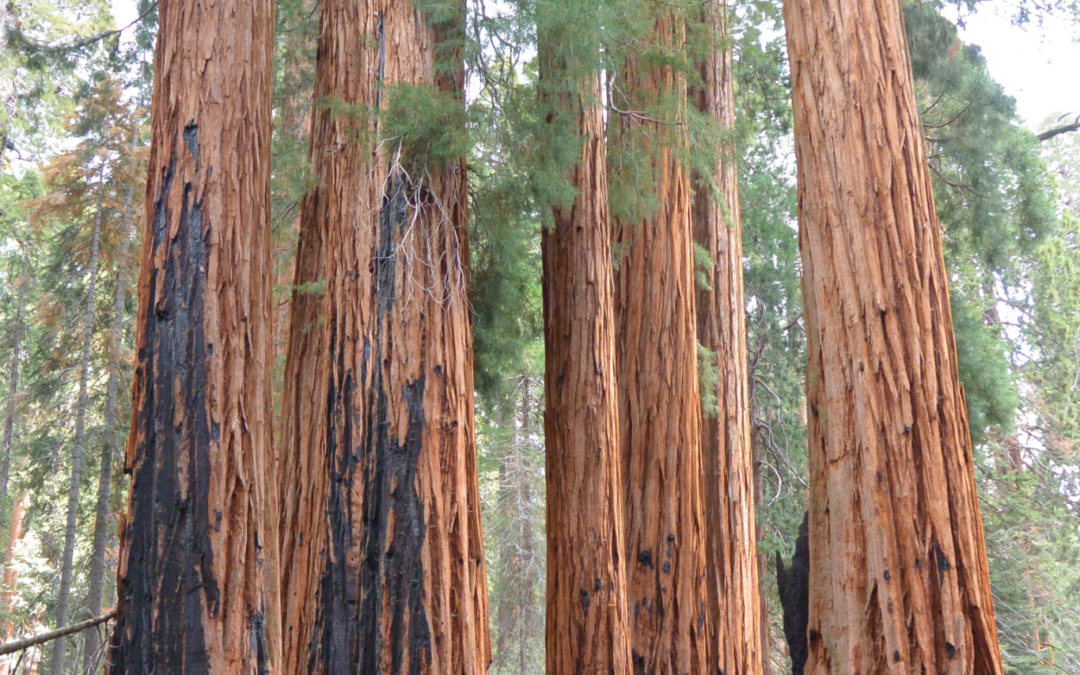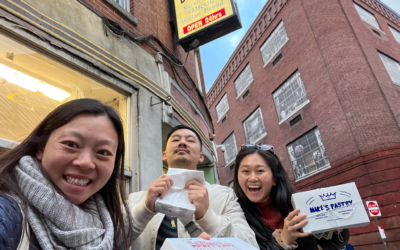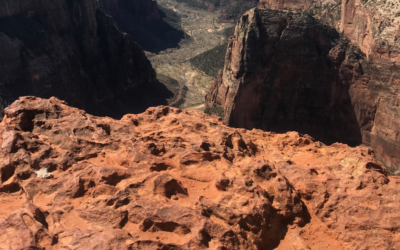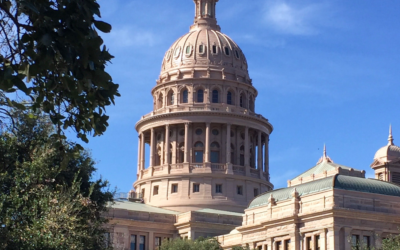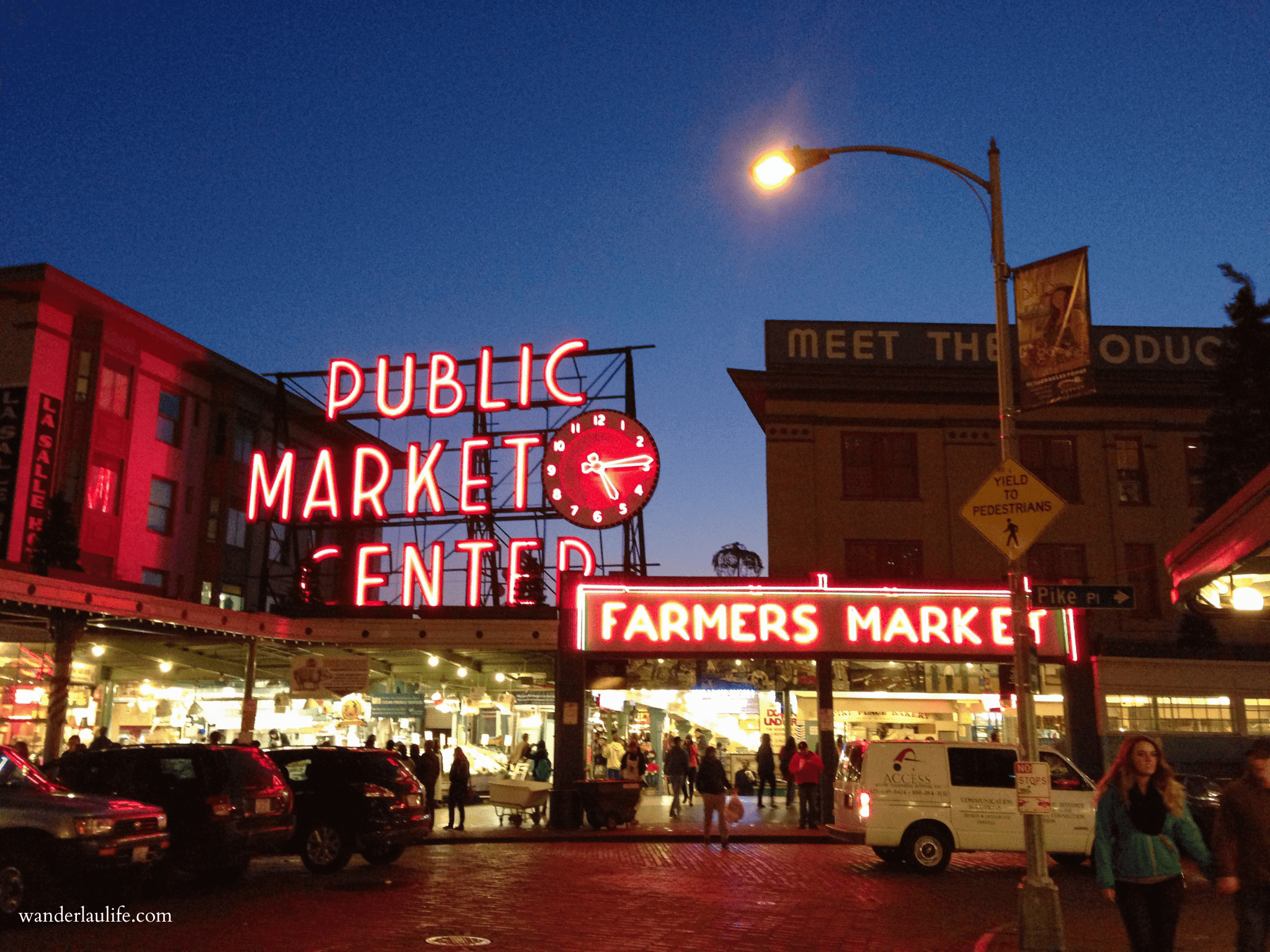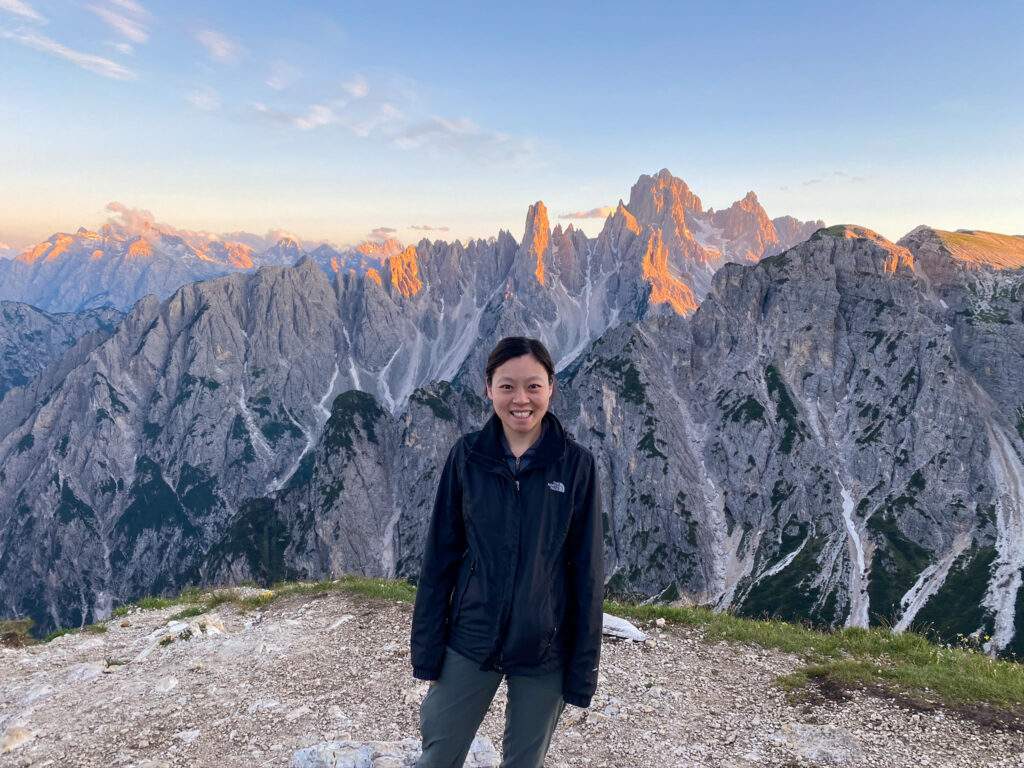“The world’s big and I want to have a good look at it before it gets dark”
– John Muir
Sequoia & Kings Canyon is certainly a gem in California. I love the National Parks, and I hope to go to all of them in my lifetime. I loved my time at Sequoia & Kings Canyon and cherished my visits here. These visits inspired me to create a helpful travel guide on how to spend 4-days in Sequoia & Kings Canyon National Parks. When you stand amongst the sequoias, you can’t help but feel minuscule while you’re encompassed by giants of the past, present, and future. This guide will be helpful for your trip to Sequoia & Kings Canyon National Parks, whether you plan on staying for one day or four.
Sequoia & Kings Canyon National Parks:
Let’s start by diving into the history of Sequoia & Kings Canyon. Established in 1890, Sequoia National Park is America’s 2nd National Park. Meanwhile, Kings Canyon National Park was established in 1940. Sequoia & Kings Canyon have been administered together since WWII. Sequoia trees were once endangered due to logging. As a result, the area became protected with national park status to preserve these giants.
Sequoia & Kings Canyon National Parks are the home to the world’s biggest trees. On average, sequoias can grow as tall as 180 to 250 feet. That looks like an 18 to 25-story building! Furthermore, the distinguished General Sherman Tree is 275 feet tall and 26 feet wide. This makes General Sherman the largest living sequoia and the largest tree in the world by volume. Besides being some of the biggest, these ancient sequoias are also some of the oldest trees in the world.
Fun To Know:
- Sequoia and Kings Canyon make up 1 national park. Altogether, there are 5 distinct areas; Mineral King, Giant Forest & Lodgepole, Grant Grove, Cedar Grove, and Foothills.
- The areas that attract the most visitors are Grant Grove and Giant Forest due to their expansive sequoia groves.
- The busiest season to visit is from July to September. The weather is usually perfect for hiking during the high season.
Helpful Tips for Sequoia & Kings Canyon:
- Be aware of the yellow-bellied marmots
- What are they? Yellow-bellied marmots are adorable ground squirrels that you will likely see. Your chances are higher when you go to Mineral King. The marmots are also known as rock chucks.
- You’ll see cars covered from underneath in more remote sections of the parks. This occurs because the marmots can eat at your car parts while you’re parked. It’s pretty funny to see a car wrapped up like it’s in a bag.
- Park shuttles are available and a great way to get to different sections.
- This is Bear Country. You have to ensure all items with a scent are properly stored. All of your garbage must be disposed of correctly during your stay here.
- Yes… if it has a scent you need to securely store it. This includes food, car fresheners, scented lotions, soaps, beverages, etc. Yes, even sealed foods need to be stored properly.
- DO NOT store scented items in your car.
- You can find metal storage boxes throughout the Park for storage. You’ll find more info about it on the website.
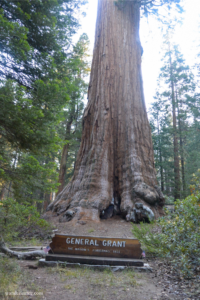
4-Day Travel Guide to Sequoia and Kings Canyon National Parks
As can be seen, below is my suggested 4-day itinerary for Sequoia and Kings Canyon National Parks. By all means, feel free to adapt it to your needs. You may have to switch days around, spread things out, or you can even find ways to fit it all in fewer days! For me, 4 days was a perfect blend of my pace and my husband’s. While I like to to go-go-go, and my husband prefers a more relaxed stride. With this itinerary, we got to do both. This trip started with a comfortable start and eased into longer hikes. Our longer hiking days were followed by another easy day. We got up early every day to hike. Most days were done by late afternoons. This gave us plenty of time to go back, shower, and relax before dinner. Now, I hope you enjoy this Sequoia & Kings Canyon itinerary!
Day 1: Kings Canyon National Park
There’s a lot to see at Sequoia & Kings Canyon. This itinerary starts with Kings Canyon, but you can adjust the days as you want.
- The Grant Tree Trail/General Grant Loop
- This is a beloved and easy 0.5-mile loop.
- This trail leads to the well-known Grant Tree. The General Grant is also known as the National Christmas Tree.
- You can make the trail longer…
- We hiked the 0.5-mile loop and extended our walk by following the North Grove Trailhead to the Trail to the Northern Boundary. We made a quick stop at North Grant Viewpoint. At this point, we followed the Trail to North Boundary, back down towards the Corrals, and back out to finish the extended loop. This extension was a good way to see more of the Sequoias named after states.
- Panoramic Loop Trail/ Panoramic Point Trail
- This is an easy 0.5-mile loop with beautiful views.
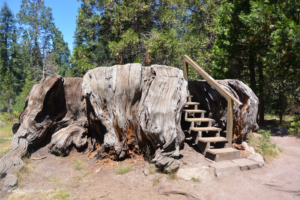
- Big Stump Trail
- This route is an easy 1.8-mile loop that walks you through the history of lumberjacking in the area. It’s a lovely walk that will take you to the Mark Twain Stump. By and large, visiting the stump is really fun! There are stairs so you can stand on top!
- We also spent a generous amount of time driving to various viewpoints along the way. Kings Canyon National Park was much less crowded than Sequoia National Park. We were able to enjoy the peace and quiet by slowing down and savoring an easy day.
Day 2: Sequoia National Park
- Lodgepole-Sherman Tree Trail
- Firstly, we started at the Lodgepole Campground to take the 5.6 miles out-and-back trail. It’s a scenic trail downhill to the Giant Forest. Expect it to be crowded once you get to the General Sherman. General Sherman is the largest tree by volume and draws a big crowd. Subsequently, the area surrounding General Sherman is an easy and paved trail, contributing to the busier groups of people you see here.
- Cloverleaf to Twin Lakes Trail to Lodgepole Trailhead
- This was about 3.2 miles and easy. We crossed a few rivers and bridges. It was a quiet and scenic morning when we went.
- Tokopah Falls via Tokopah Valley Trail
- A well-hiked trail that is 4 miles out-and-back. This route is moderate. We started by the campgrounds and followed the gushing Kaweah River. There are beautiful creeks and bridges along the way that lead you to a stunning waterfall.
- Congress Trail
- We then took this 2 miles easy paved path as part of our Lodgepole-Sherman Tree Trail walk. It’s a popular area and is VERY busy. Be patient and enjoy it.
- Trail of the Sequoias
- Following the Senate on the Congress Trail, you can take the Trail of the Sequoias towards Tharp’s Log. Tharp’s Log is a cabin built into a log by the Log Meadow. This route added about 3 more miles to our day and was a welcome walk away from the bigger crowds.
- Crescent Meadow Loop
- Finally, we ended the day with an easy trail. From Tharp’s Log on the Trail of the Sequoias, we joined up with the Crescent Meadow Loop. The Crescent Meadow Loop is an easy 1.7 miles loop. It’s a beautiful and easy hike to end the day.
Day 3: Another Day at Sequoia National Park
If you’re driving, then I recommend parking by the Giant Forest Museum. We combined a couple of hikes to make this a 4.1 miles loop. The majority of this hike was easy.
- First, start at the Giant Forest Museum, and walk about 1.4 miles to the Hanging Rock.
- Hanging Rock Trail
- This is an easy 0.5-mile out-and-back trail to see a cool rock that looks like it could slide off the cliff.
- Following the Hanging Rock Trail, you can take a quick 5-minute walk to the Moro Rock Trail.
- Moro Rock Trail
- This is a 0.4-mile seasonal out-and-back trail. Moro Rock Trail is affected by the yearly snowfall, and summer is usually the best time to go. The stairway to the top of Moro Rock Summit will reward you with fantastic views.
- Bobcat Point
- From the trailhead, you can take a quick 3-minute walk to Bobcat Point for another lovely viewpoint.
- Parker Group
- Take a quick 0.4-mile walk along the road toward the Parker Group, a cluster of 8 giant Sequoias. Please be careful if you’re walking along the roadway.
- Tunnel Log
- Walk 3 minutes down the road to see the famous Tunnel Log.
- This tunnel was carved out some time in the 1930s and was a popular draw to visiting Sequoia National Park.
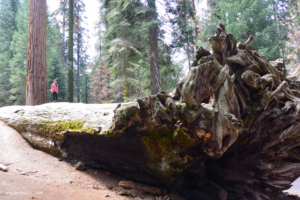
- Walk back to join up with the Bear Hill Trailhead
- An easy 0.8-mile walk.
- You can take the Bear Hill Trailhead to see the Auto Log.
- The Auto Log is a sequoia tree that fell around 1917. It was then used as a tourist attraction for visitors to drive their horse-drawn carriages and automobiles on top. It is no longer safe to drive on the log, but you can walk on top of it.
- All Done!
- Take the 1-mile walk back to the Giant Forest Museum.
Before you go…
- Giant Forest Museum
- Take some time to check out the museum. I think it’s worth taking the time to learn about the history of this amazing place. I felt learning about the trees helped me grow a greater appreciation for them.
- Take a few minutes to walk and see Beetle Rock. The walk is easy and paved.
Day 4: Mineral King
At this time, Mineral King was a less-traveled section of Sequoia National Park. It requires a drive along a winding narrow road along the cliffside with no barriers. Some sections of the road have center lanes that are not marked, and in certain areas, the roadway can narrow to just one lane. This makes it difficult to see oncoming traffic. Be very careful while driving, but enjoy the views along the way. The drive took us much longer than expected. So, we planned a shorter day at Mineral King to ensure we had plenty of daylight to drive back out. Due to the lack of crowds here, you’re very likely to run into animals. Yellow-bellied marmots are particularly a threat to cars out here.
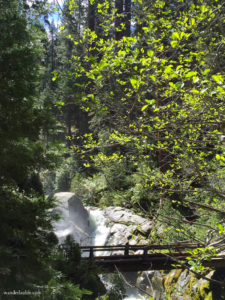
- Atwell-Hocket Trail
- The trailhead is in the Atwell Mill Campground. It’s 10.2 miles from point to point. It’s an out-and-back trail, and we didn’t want to hike the entire length as our only day at Mineral King. We completed about 3 miles in and 3 miles out.
- There are several active creeks and streams along the way. We crossed the Kaweak River along the bridge and saw a beautiful gushing waterfall.
- Cold Springs Campground Trail
- An easy 2.3 miles out and back trail. We thought this trail was scenic and relaxing as you follow the river.
- There were several side trails that we hiked along the way, but I’m not sure of the names. We would find intriguing spots to take time to stop and explore.
But There’s More!
- The Trail I Wish We Hiked:
- Eagle & Mosquito Lakes
- We didn’t have time for this trail in Mineral King, but I wish we did. I’d love to hear about it if you saw it! It’s a 10-mile out-and-back trail that’s considered to be hard, likely due to the high elevation gain.
- We only hiked about 3 miles in and 3 miles out, which was beautiful. We didn’t finish because my husband wanted to drive out of the winding roads of Mineral King before it got dark.
- Eagle & Mosquito Lakes
More Helpful Info about Sequoia & Kings Canyon
Given that you’re traveling to a national parkThere’s more to know beyond the hikes at the park!
What about Food?
Whether you’re staying at the park or staying in a nearby town, you’ll want to know your options for food. Here are a few options while at the Park:
- Lodgepole Market Center
- This is an easy spot where you can buy to-go meals, groceries, and picnic supplies.
- Bring in your own food
- We brought in all our own lunches to eat along the hikes. If you’re bringing food on the trails, then you need to remember to pack out what you pack in.
- Be Bear-Aware and follow proper rules for storing and disposing of your items.
- There are several restaurants and quick food options listed on the Sequoia & Kings Canyon National Parks Website.
Eating in Three Rivers:
Three Rivers is the town located at the main entrance to Sequoia & Kings Canyon National Park. Its’ convenient location makes it a good option for overnight stays while visiting. We stayed in Three Rivers on trips we couldn’t make overnight reservations inside the Parks.
- Reimers Candy and Ice Cream
- We like to reward ourselves with ice cream following hikes. This place serves yummy ice cream! We really liked the blackberry ice cream and we bought candy to eat on our drive home. Take time to sit on the deck and watch the river.
- Ol Buckaroo
- We like to enjoy good dinner to conclude our day of hiking. Ol Buckaroo is a fun and delicious food truck kitchen. It’s a popular restaurant, and the area has lots of seating available. The set-up is open and fun. We altogether enjoyed our time here. We ordered the fried chicken, which was good.
Where Did I Stay in Sequoia & Kings Canyon?
- Grant Grove Village
- This was an incredible opportunity to sleep in the Park and enjoy the views, location, and unforgettable night sky. Whether you get to stay in Grant Grove Village, or elsewhere in the park, keep an eye out for those falling stars.
- Wuksachi Lodge
- Located within the Park, the lodge provides easy access to the trails and to see the wildlife during off-peak times.
- Rio Sierra Riverhouse
- This bed and breakfast is located in Three Rivers. It’s a cozy spot right along the river with a fantastic ambiance. There is plenty of outdoor seating available for you to unwind, enjoy the day, and watch the river rafters go by.
Enjoy Sequoia and Kings Canyon National Parks!
Most importantly, I sincerely hope you fall in love with these parks. Sequoia and Kings Canyon is such an extraordinary place. While there’s so much to see and do in California, these national parks are really special spots. Sequoia and Kings Canyon are worthy of multiple visits. This 4-day travel guide to Sequoia and Kings Canyon National Parks is a supportive resource to get you started.
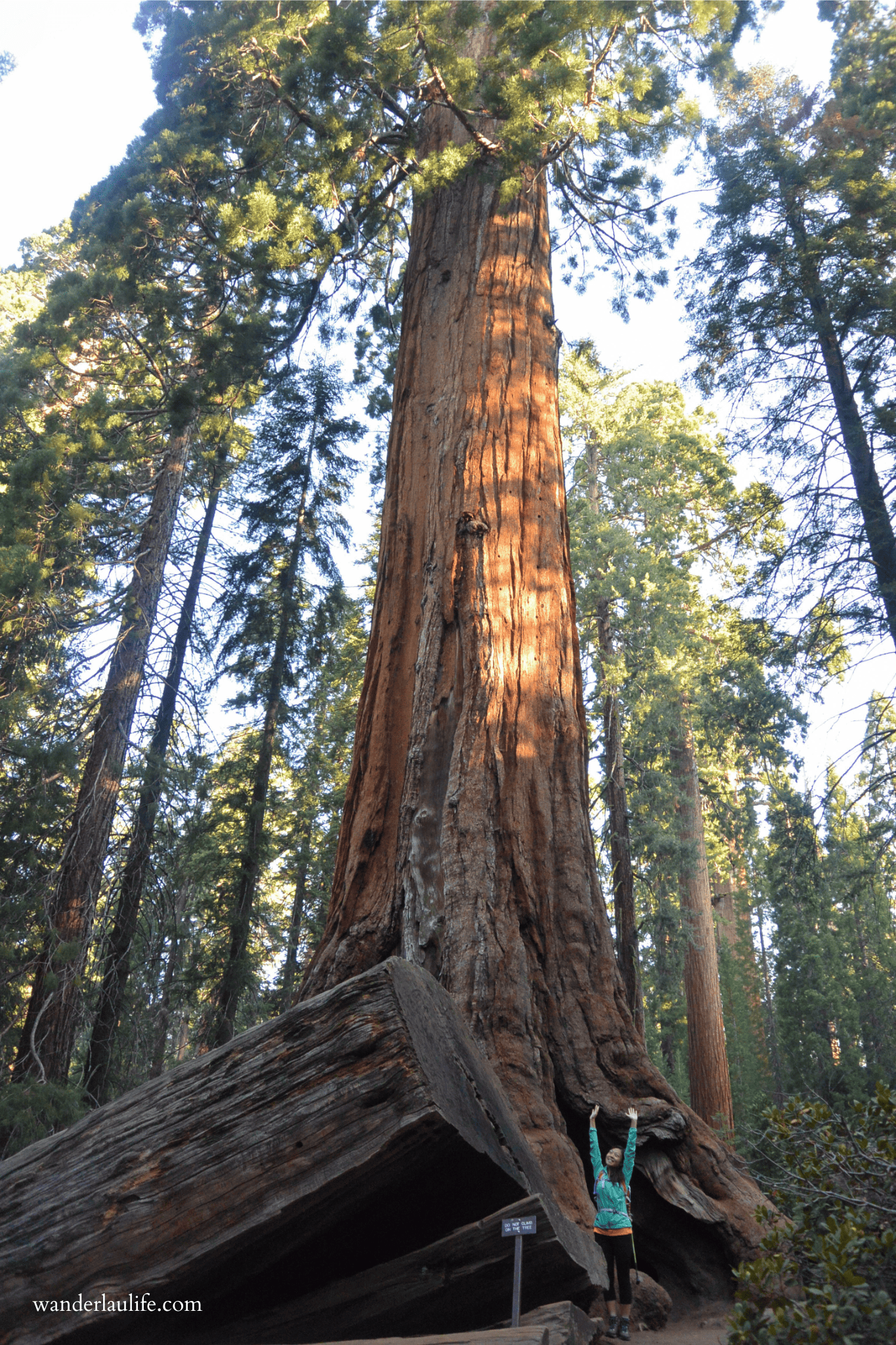
Like What You’re Reading?
Here are some other posts that may interest you:
The Best Cannoli in Boston
I went to Boston on a Cousin’s Trip. Our main goal was to eat our way around the city. That included finding the best cannoli in Boston!
The 8 Best Hikes in Zion National Park
Read on to learn about the 8 best hikes in Zion National Park. I organized this post by listing the trails by the level of difficulty. Included are also helpful tips and where I rented my gear for The Narrows.
How to Spend a Weekend in Austin, Texas
My easy travel guide to a weekend in Austin, Texas. Where to find the best sights, eat delicious food, and where to get the BEST barbecue.
The Best Travel Guide to Enjoy a Walkable Seattle
A guide to enjoying a walkable Seattle. There is so much to see and do around Seattle, Washington and you don’t need to rent car.
